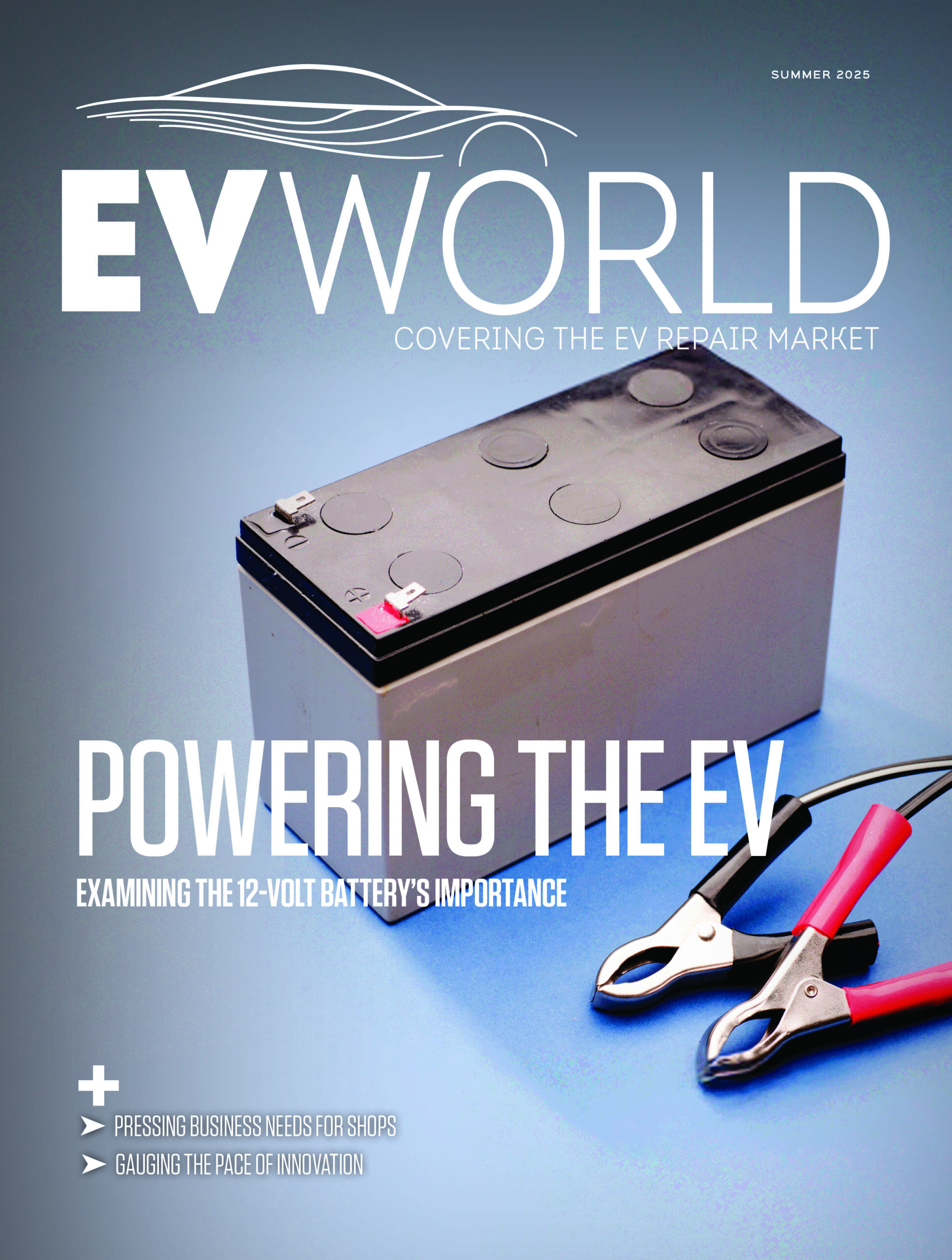
Zero-emission vehicle sales in Canada reached record highs in the last quarter of 2024. But the new year kicked off with a significant drop, highlighting the market’s sensitivity to changing incentives.
According to S&P Global Mobility’s latest Canadian Automotive Insights, the country’s ZEV market continued its rapid growth in the fourth quarter of last year 2024, reaching a national penetration rate of 18.9 per cent. That’s up from 16.5 per cent the previous quarter.
This marked the highest quarterly share on record, reflecting growing consumer interest and supportive government policies, the group reported. Battery electric vehicles (BEVs) led the surge, with a national adoption rate of 11.4 per cent for 2024, up from 8.8 per cent the previous year. Plug-in hybrids ended the year with 3.9 per cent market share, up 1.1 percentage points.
So the annual ZEV rate hit 15.4 per cent in 2024, up from 11.7 per cent for 2023.
“The last quarter of 2024 delivered even more impressive results,” S&P’s report said when comparing numbers to the third quarter.
Quebec dominated ZEV adoption, reaching a penetration rate of 42 per cent in Q4, a jump from 35 per cent in Q3. The province contributed to 60 per cent of all ZEV registrations nationwide.
“This surge underscores the effectiveness of Quebec’s policies encouraging consumers to transition to EVs,” the report noted.
However, strong incentives that included rebates of up to $7,000 now sit at $4,000 as of January. The effects have already been felt.
Early data for January 2025 shows a dramatic decline in BEV sales in Quebec, down by 65 per cent compared to December 2024. Nationally, BEV volumes dropped by 48.3 per cent in January, reducing the BEV penetration rate to 10 per cent from 17.8 per cent in December.
“This decline suggests that incentives targeting price-sensitive consumers heavily influenced the initial demand. Because these incentives may have reached their peak effectiveness, the sustainability of ZEV adoption in the province remains uncertain,” the report from S&P said.
The outlook for 2025 appears to be further challenging, it added. The market is facing headwinds due to the discontinuation of federal and provincial incentives, impacting consumer buying decisions and affecting sales of key models. For instance, Tesla saw a decline of over 72 per cent, while Chevrolet EVs fell by more than 65 per cent in January.
British Columbia, historically a strong ZEV market, saw a dip in penetration to 22.5 per cent in Q4 from 24.9 per cent in Q3. In contrast, Ontario showed continued growth, reaching 9.6 per cent penetration, while New Brunswick achieved 8.3 per cent, reflecting growing interest in smaller provinces.
As a result of the boom in EVs to end 2024, market share for internal combustion engines took another dip. With 66.1 per cent of vehicles sold being ICE in Q4, the year-end market share for this segment came in at 71.7 — down from 77.4 in 2023.
Tariff impact
The report also weighed in on the potential for new U.S. tariffs on vehicle imports from Canada and Mexico, which is raising concerns across the North American automotive industry. The report highlighted that the 25 per cent tariff being considered by the US government, which could significantly impact Canadian and Mexican vehicle production. Canada exported over 1 million vehicles to the US, representing 7.6 per cent of total US imports, while Mexico exported 2.3 million vehicles (16.4 per cent of US imports).
The imposition of these tariffs could lead to higher vehicle prices for US consumers and increased costs for manufacturers already dealing with supply chain challenges. It may also prompt automakers to reconsider their production strategies, potentially leading to job losses and shifting manufacturing locations to avoid the tariffs.
Politically, the report noted, the tariffs are seen as a negotiation tactic by the U.S. but risk escalating trade tensions with Canada and Mexico. If implemented, the tariffs could disrupt the North American automotive supply chain, impacting the industry’s economic stability and competitive positioning globally.













Leave a Reply